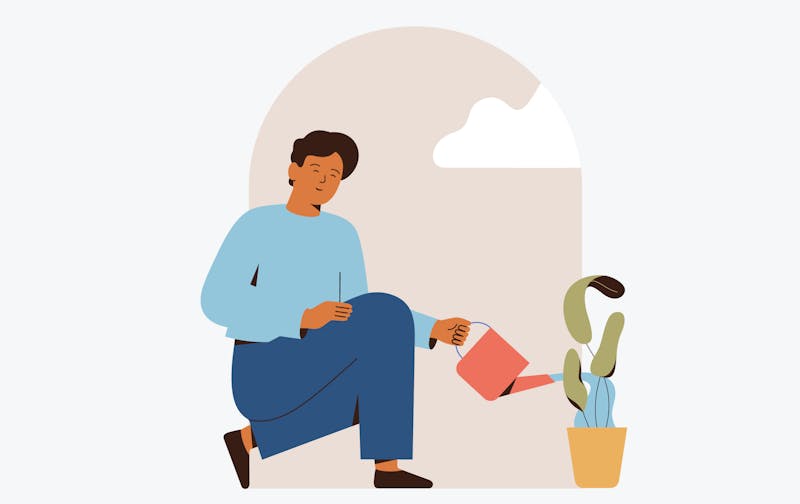Not guilty verdict
If the abusive person is found not guilty, it means they are not convicted. The reason for this isn't that the judge doesn't believe you. It just means there wasn't enough proof beyond all doubt that the abusive act happened.
When the verdict is given, all sorts of feelings can come up.

This page is part of the Guide for victims of domestic abuse under the age of 18.
If the abusive person is found not guilty, it means they are not convicted. The reason for this isn't that the judge doesn't believe you. It just means there wasn't enough proof beyond all doubt that the abusive act happened.
If the abusive person is found guilty, they are convicted. The judge decides how long the person should serve in prison. The length of time and prison type can depend on different things, like age, if they've committed crimes before, and how likely it is they might use abuse again.

When someone is sentenced to prison, it doesn't always mean they'll be locked up the whole time. If a prisoner behaves well and takes part in therapies, they might be allowed to serve their sentence with fewer security rules.
As their time in prison goes on, they might get day leave from prison, be allowed to be in an open prison, go to a halfway house, or get an ankle bracelet for electronic monitoring.
If they break the rules in the place they are in, they can be sent back to a locked prison.
The punishment for a crime is the verdict itself. Serving time is supposed to help people change so they don't commit abusive acts again. This means helping people return to the community as better individuals. But it's very hard to help people change in a locked prison.
Your parent (or guardians) can contact the Prison and probation administration to get information about where the person who was convicted is in their sentence.
For some people, it's good to know where the abusive person is in their sentence and if there's a chance of running into them out in the community. If the abusive person has admitted what they did and wants to change, maybe the family or someone from the family might want to visit them in prison. Other people who experienced the abuse don't want to know anything about this, and that's totally okay too.
If the abusive person was found not guilty or they were found guilty and are now out of prison, and they are bothering you or threatening abuse, you can ask the police to put a restraining order on them. Read more about safety measures.
Even though your case is finished in the legal system, you will most likely need to deal with the effects of what happened for some time. Child protection services will make sure you get the right trauma therapy. It doesn't matter where you live in the country, everyone gets the same help.